Pikachu afternoon tea at Tokyo hotel gives us a taste of the Pokémon anime world
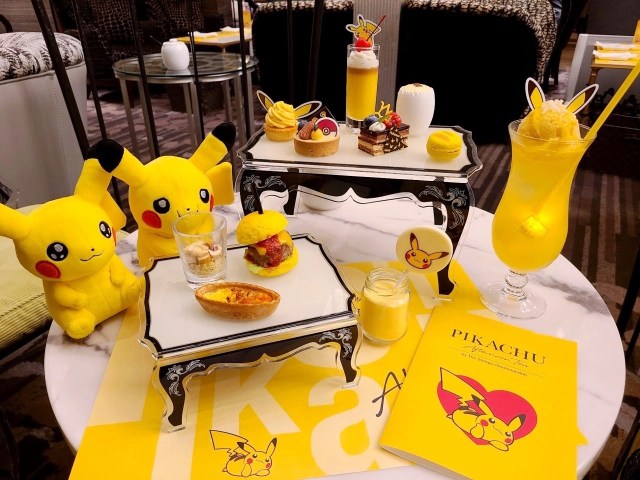
This limited-time luxury is an indulgence worth splurging on!
Back in March, The Strings Hotel announced it would be offering a Pikachu Afternoon Tea at its locations in Nagoya and Tokyo’s Omotesando, and ever since then we’d been counting down the days until we were able to get a taste of it.
That day finally came this week, when we were able to reserve a table at Cafe & Dining Zelkova, the onsite cafe at The Strings Omotesando.
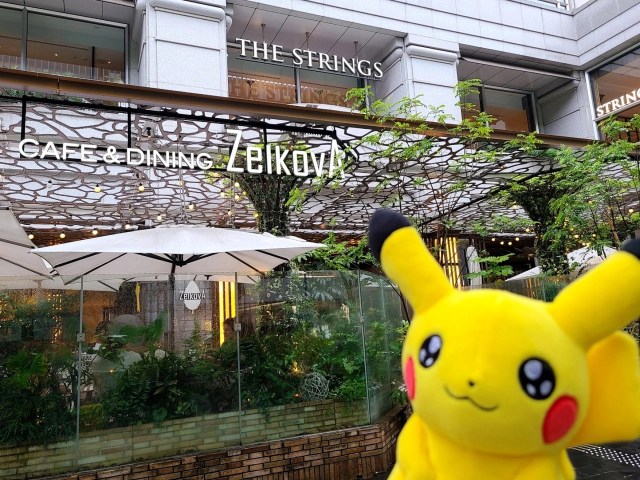
The Strings’ Gramercy House and Cafe & Dining Zelkova are the only two locations in Tokyo where you can enjoy the Pikachu Afternoon Tea, although if you were to walk by Zelkova’s entrance on the street, you’d never know there was a Pikachu paradise awaiting you inside.

As soon as you step through the front door, however, you’ll be surrounded by a yellow decor that tips its hat to the electric Pokémon.
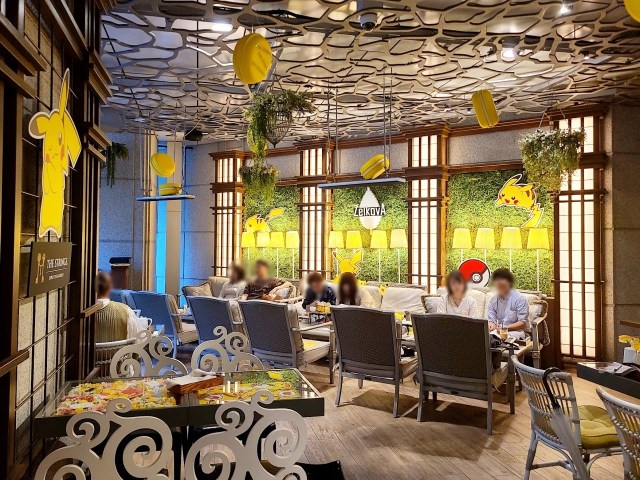
The Pikachu alcove above is only limited to six tables, which require prior reservations. As you might expect, a seat in this area is hard to come by, so we had to make do with a table in the main dining area of the cafe, which is still pretty spectacular with its array of ring lights and giant birdcage installations.

We were lucky enough to be seated inside one of those giant birdcages, which may have been because we were a party of one, although we couldn’t be sure. Either way, we weren’t complaining, as the cage added another aura of magic to the affair, especially when this bounty of goods was delivered to the table.
▼ How gorgeous is this?!?
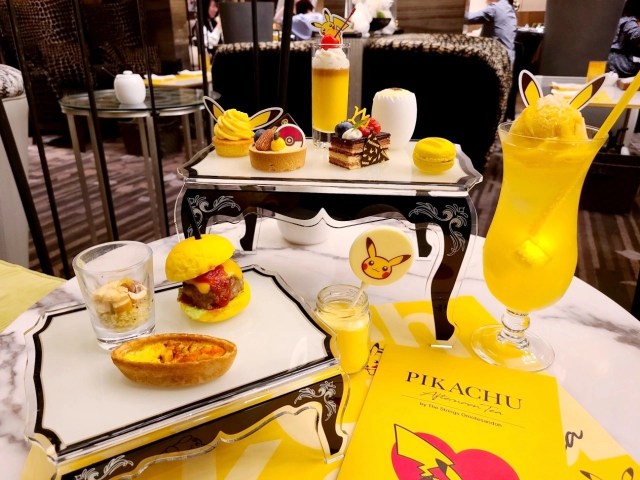
The “Afternoon Tea Drink Set” we’d ordered cost 6,500 yen (US$46.40), and it included a choice of one Pikachu drink from the three on offer — Pikachu Fruit Mocktail, Pika Pachi’s Passion Fruitade, and Pikachu Art Latte (usually sold separately from 1,012-1,265 yen).
▼ We opted for Pika Pachi’s Passion Fruitade

The set is designed to stimulate all the senses and that’s exactly what it did — starting with the visual, as we’d never seen an array of food and drink so yellow.

Yes, we’d brought a pair of Pikachus from home to keep us company at the table, and looking around we were happy to find we weren’t the only ones to do so as lots of customers were photographing the meal and posing with their own plushies.
In fact, a couple of women at a nearby table spent an entire hour chatting and photographing their set of food before tasting it, and we found ourselves snapping our own photos for around 30 minutes, which just goes to show how much of an impact the set has visually.
As for the taste and aroma, there was plenty of variety to electrify the senses. First, up there were three types of savoury bites: the Crispy Nut Tabbouleh Salad, the Cheese Slider with Lots of Ketchup and the Chicken and Tomato Biribiri Quiche.
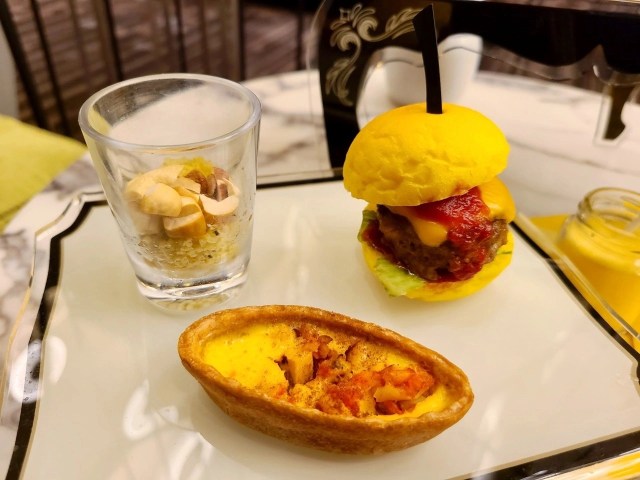
The nut salad had a crunchy mouthfeel and exotic flavour that made us feel a million miles away from Japan, while the cheesy slider brought us back with a more familiar flavour profile.
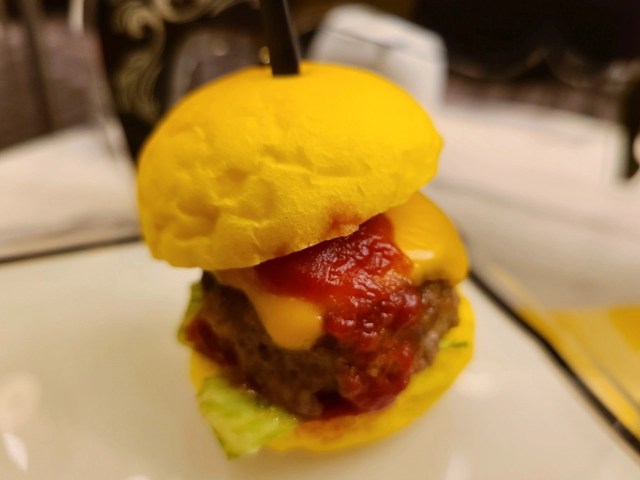
Then we were off again on another adventure with a rich-flavoured quiche inspired by “Pikachu’s electricity”. The dash of Japanese pepper powder on top gave it a lightning-like hit of heat that added to its deliciousness.

The spicy quiche was the perfect jumping-off point to segue into the sweets, and there were six of them to try.
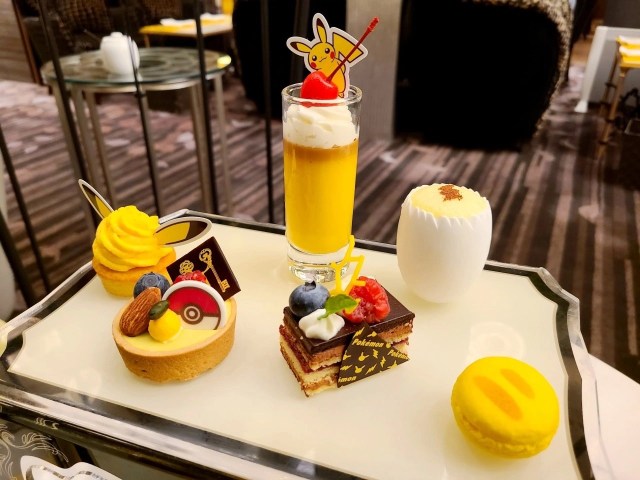
The Pikachu Muffin made us smile with its delicious Chantilly cream and fun character ears, while the Forest Pistachio Mousse Tart made us feel as if we were foraging for nuts, berries, and Pokémon, in Pikachu’s forest.

The Honey Lemon Jelly with Plenty of Fruits, complete with lightning bolt topping, hit the right balance between tart and sweet…
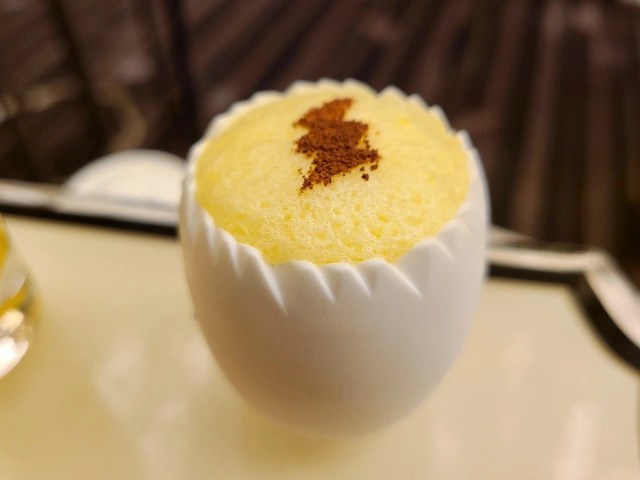
…while the Thunderbolt-Style Chocolate Opera, which tips its hat to Pikachu’s famous Electric-type move, elegantly combined sweet chocolate with tart berries.

The Pikachu Hide-and-Seek Rich Mango Pudding had a delectable, melty mouthfeel and beautiful tropical flavour.
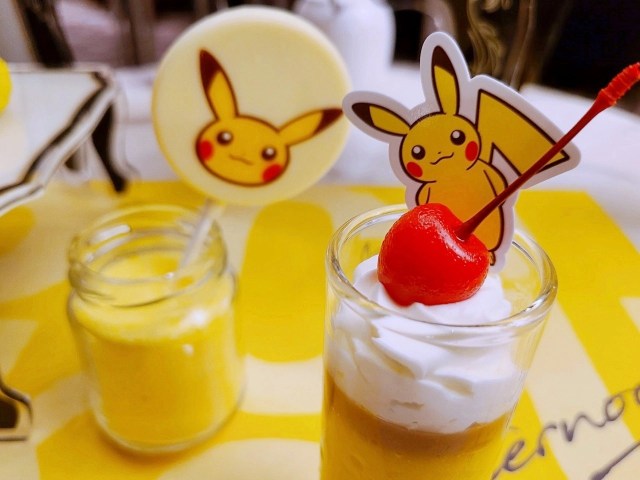
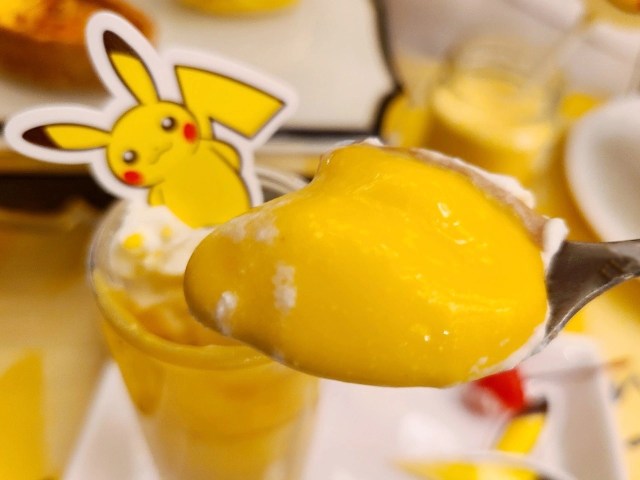
▼ The Caramel Macaron made us feel as if we were chomping through Pikachu’s back!
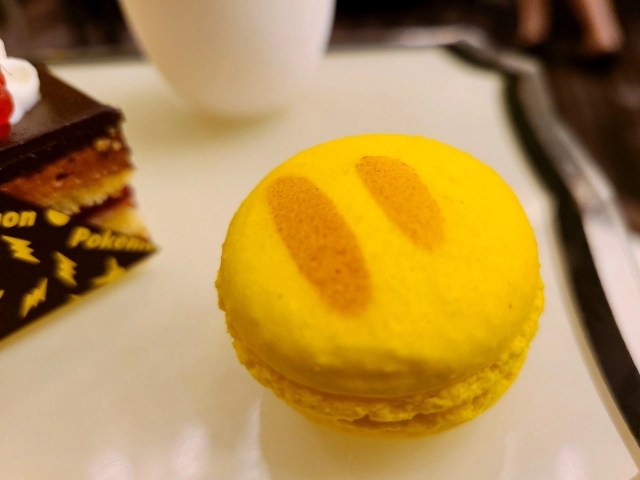
▼ And because it’s an afternoon tea, each set comes with a pot of TWG tea.
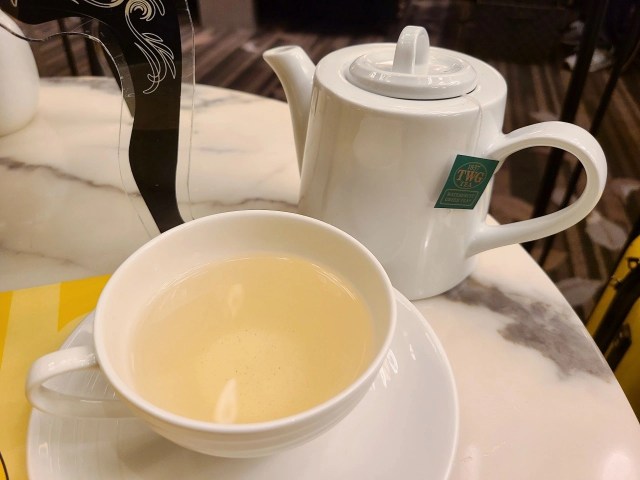
We didn’t know what was sweeter — the meal or the photos we took of Pikachu enjoying the sweets!
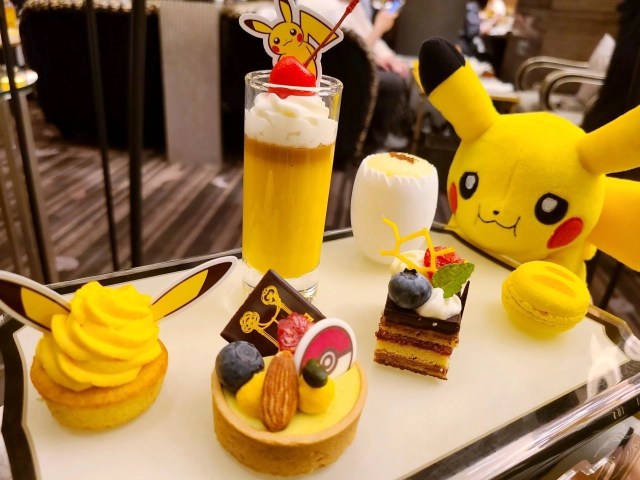
And in case you’re keeping count of how many senses this meal had stimulated, in addition to the look, taste, aroma and mouthfeel of everything, the Pikachu Lollipop did a good job of making our ears stand to attention, because it crackles when you put it in your mouth!
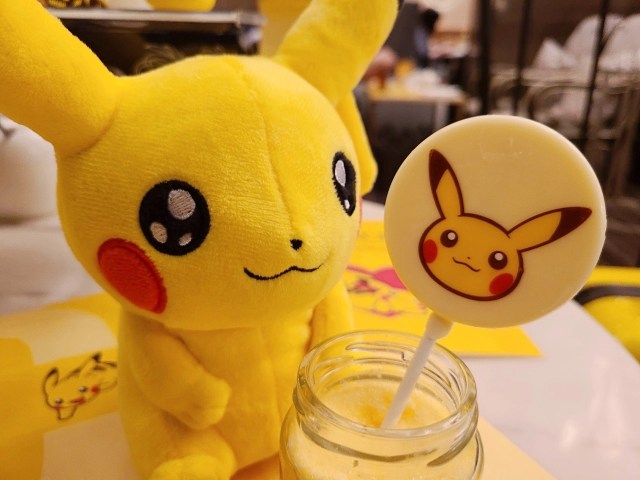
The accompanying menu, which each diner gets to take home, along with a coaster and place mat, is another nice touch as it acts like a savoury field guide, guiding you through every component of the afternoon tea.
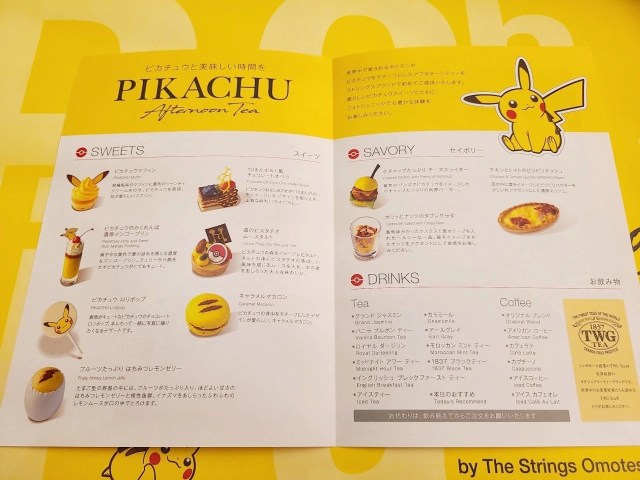
Our afternoon with Pikachu was so enjoyable that our time at the cafe flew by, and everything we tasted was absolutely delicious and befitting of the luxury cafe in which it was served.
While we’d ordered the Afternoon Tea Drink Set, there are a number of other variations available, with prices starting at 4,800 yen for a mini afternoon tea set, which comes with a regular lunch meal, and going up to 8,500 yen for a Special Combo Meal that includes a Pikachu Special Dessert in the shape of a Poké Ball.
The afternoon teas will be available in Tokyo from 24 April to 3 July, and in Nagoya from 1 June to 31 August, and regardless of which location you visit, you won’t be disappointed. Sure, it might be a bit of a splurge, but it’s worth it — after all, it’s not every day you can say you enjoyed afternoon tea with Pikachu!
Related: Strings Hotel Omotesando, Strings Hotel Nagoya
Photos ©SoraNews24
● Want to hear about SoraNews24’s latest articles as soon as they’re published? Follow us on Facebook and Twitter!
Credit:
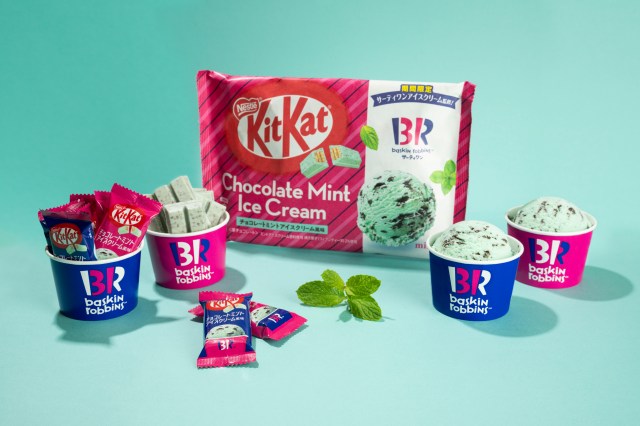
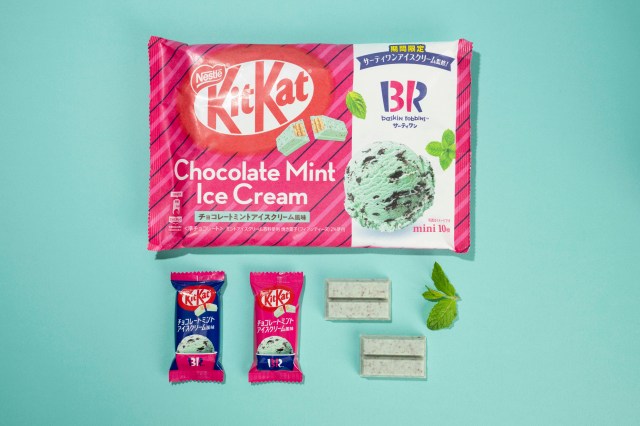
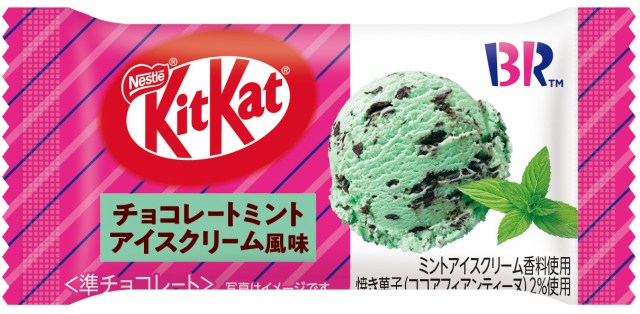
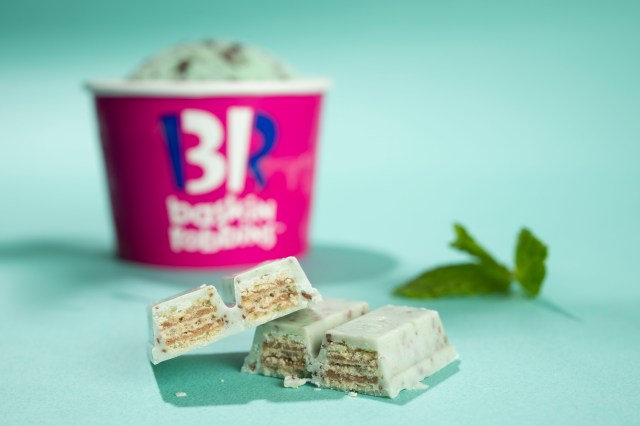
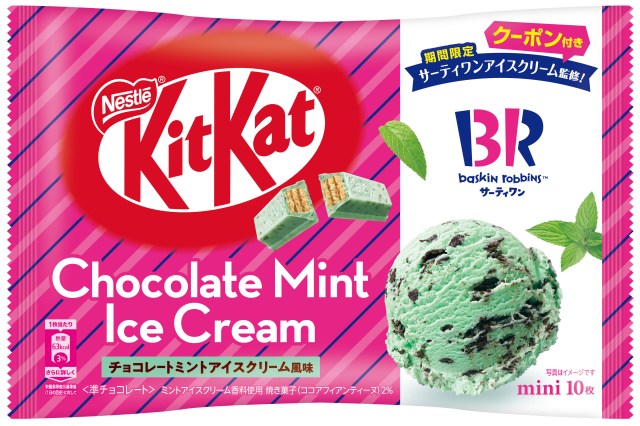
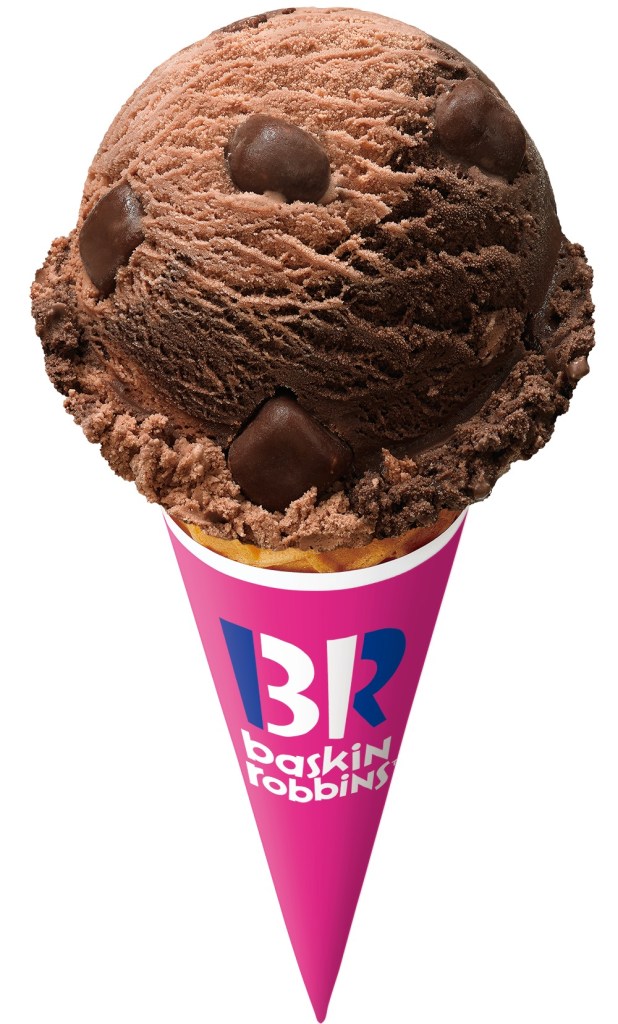
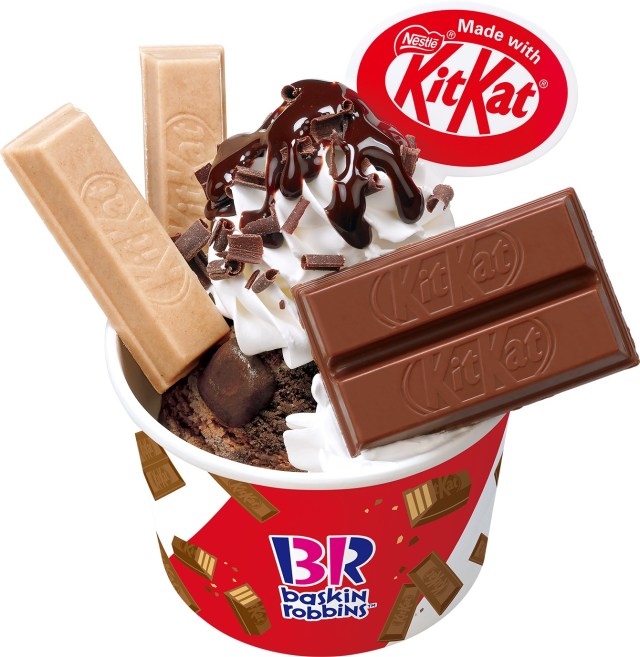
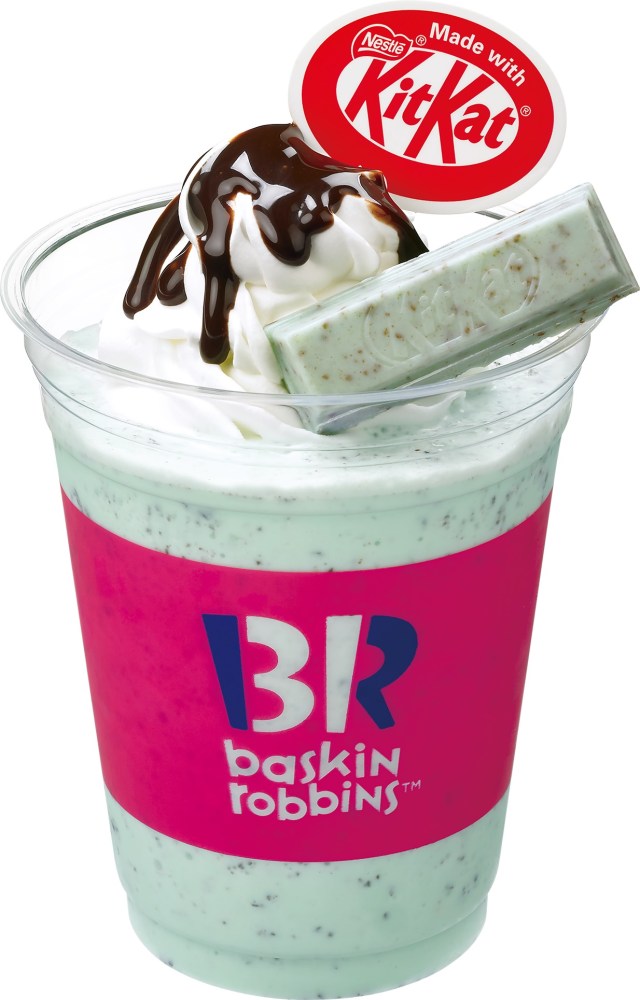


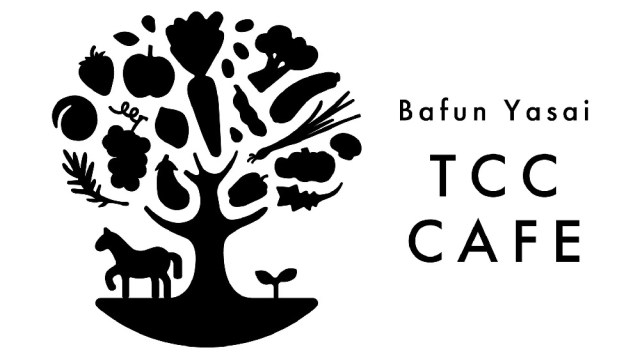
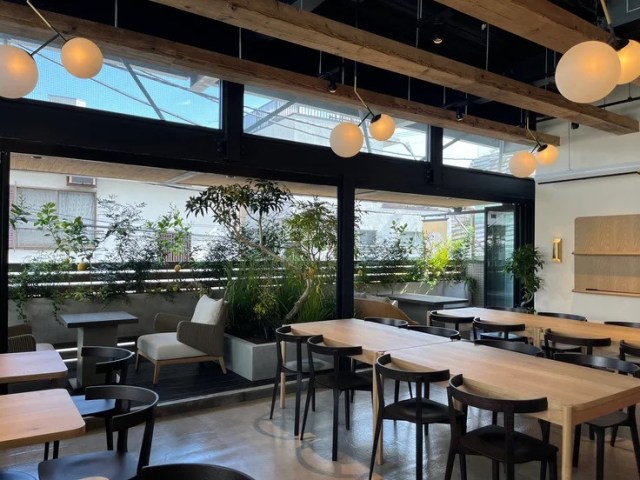
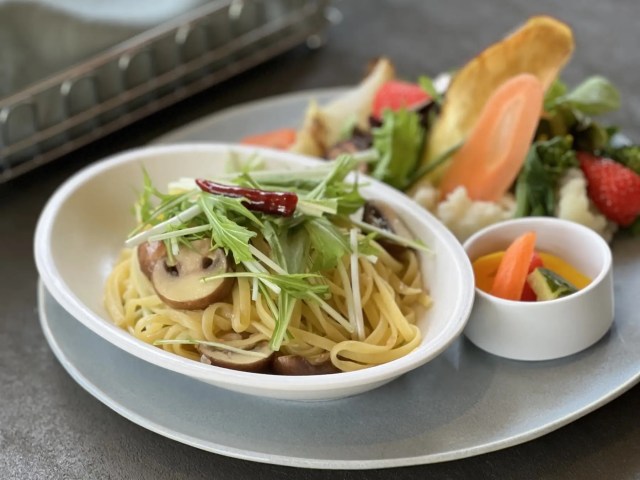
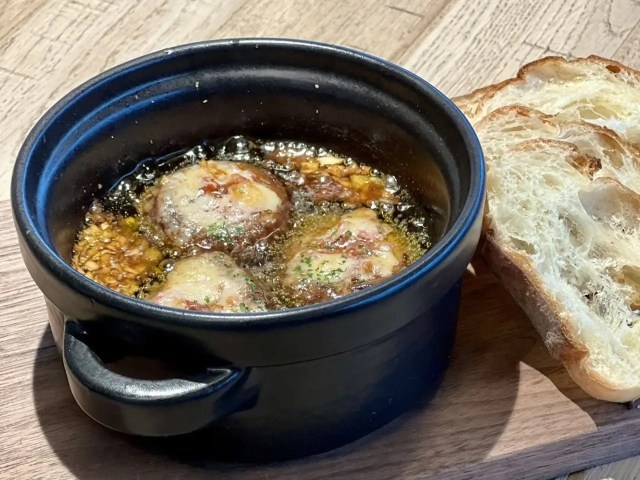
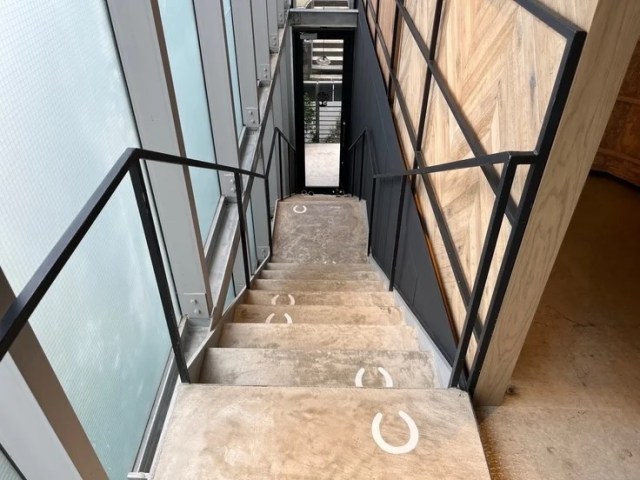
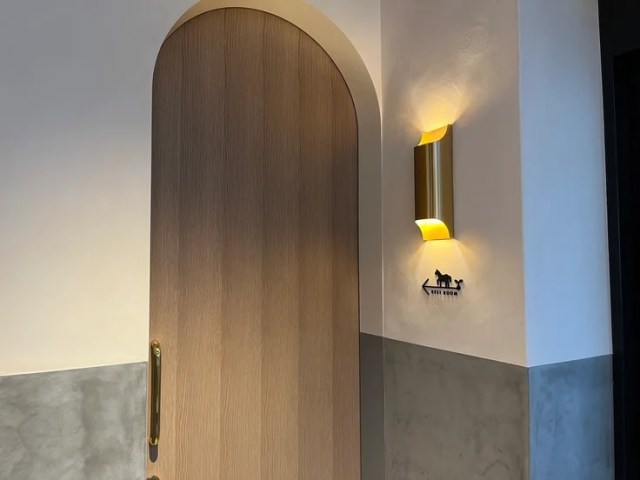
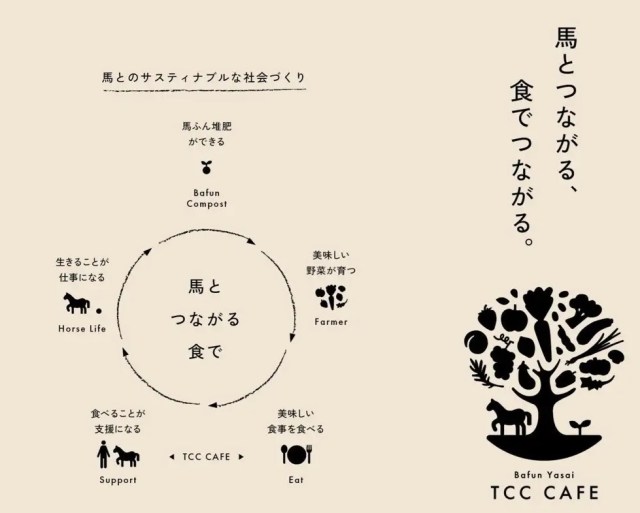

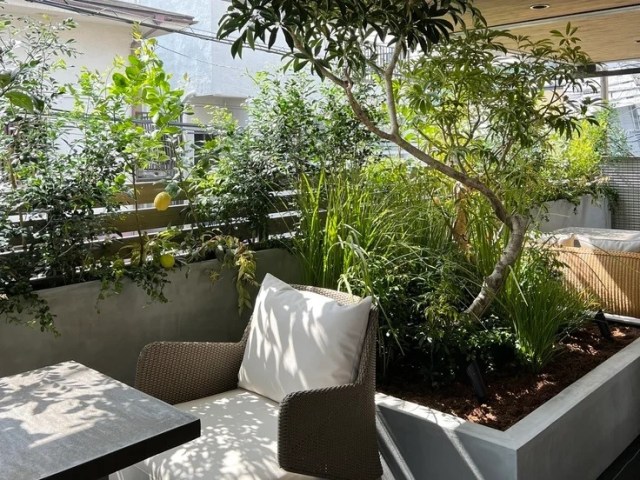
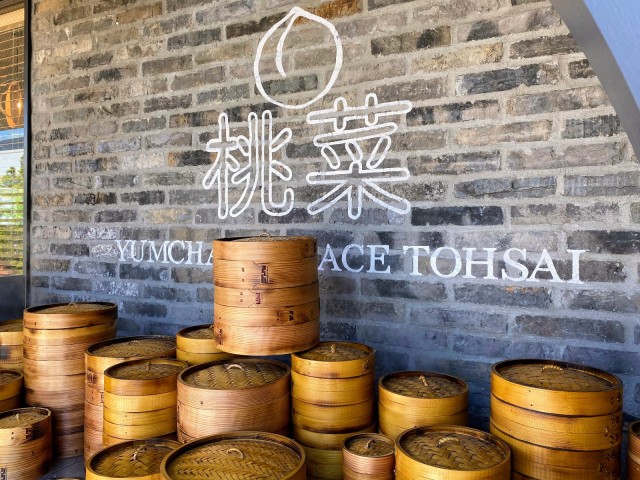
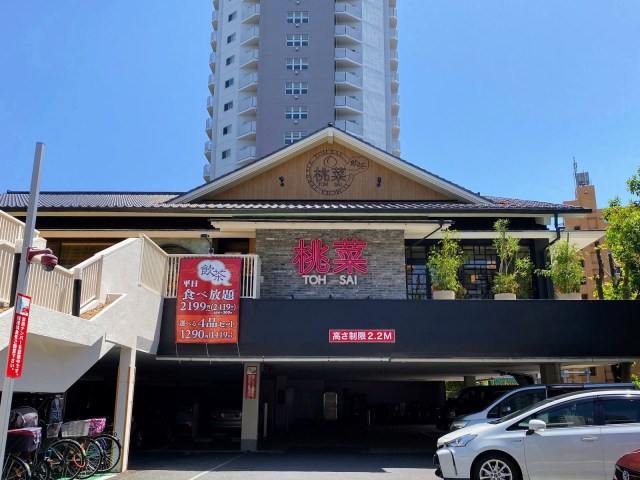
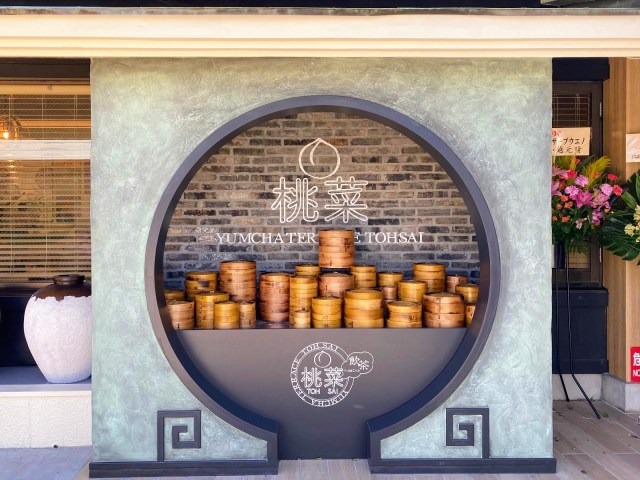
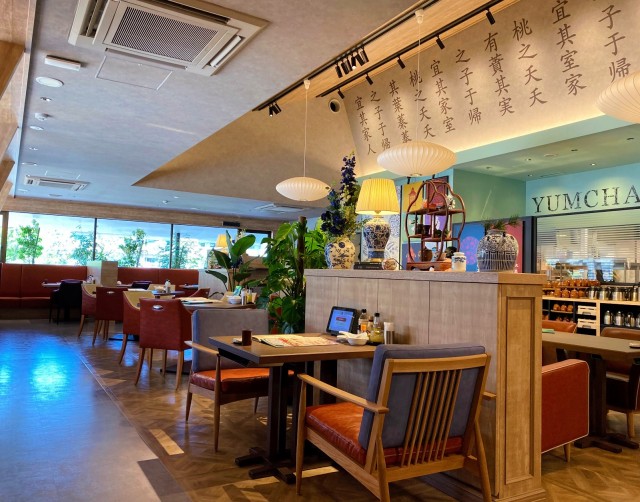
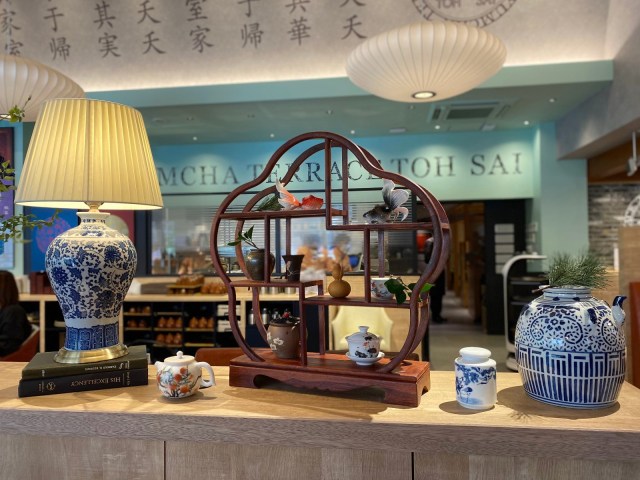
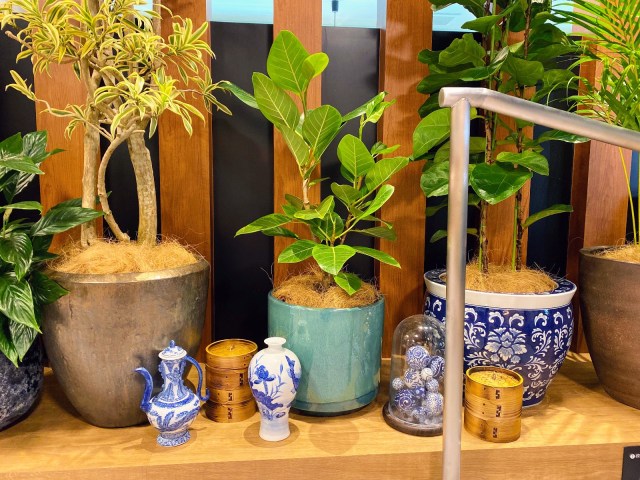
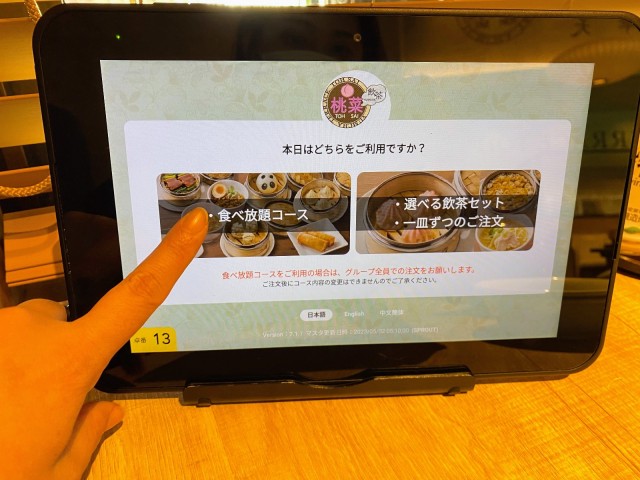
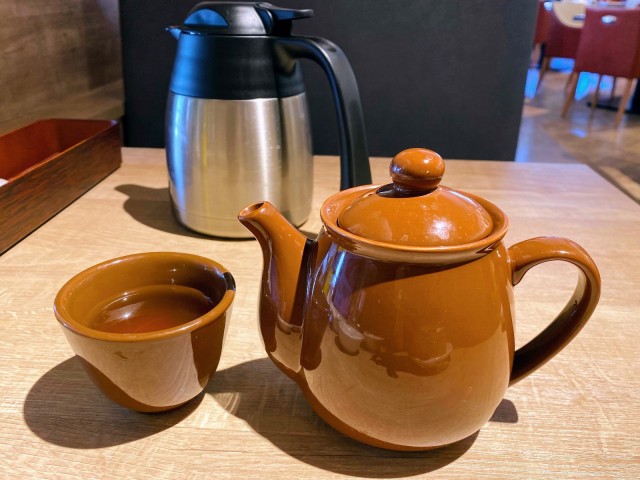
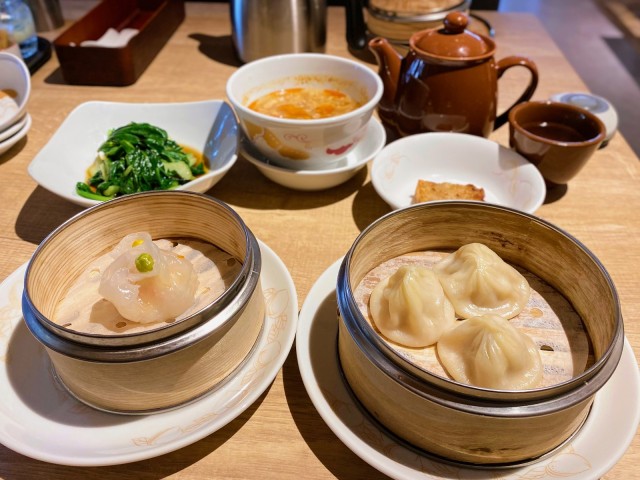
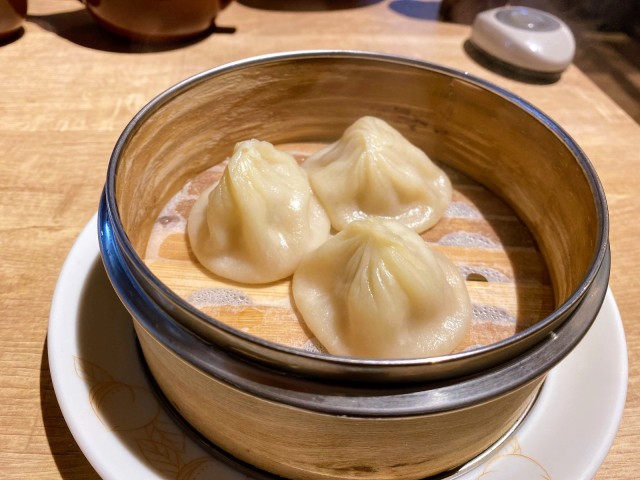
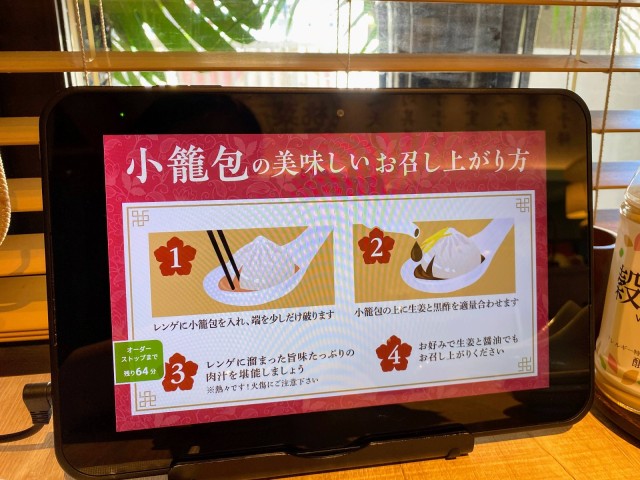
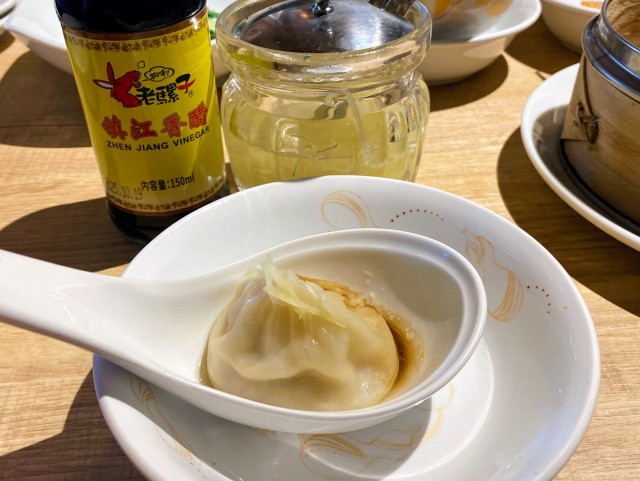
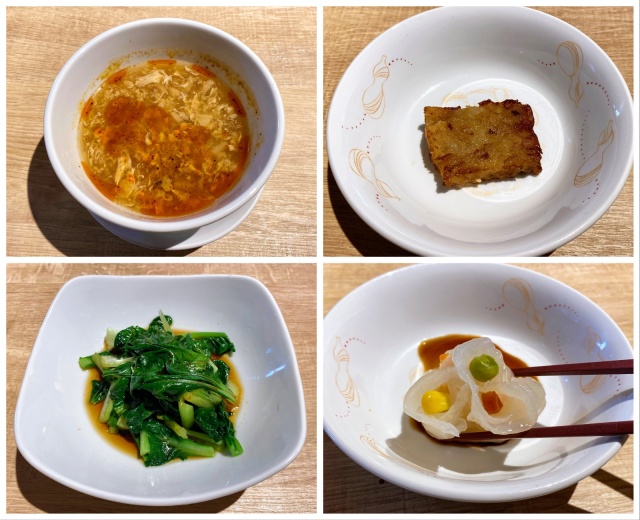
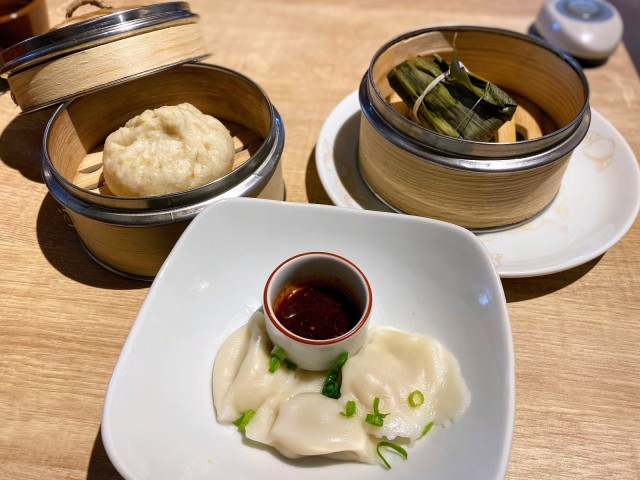
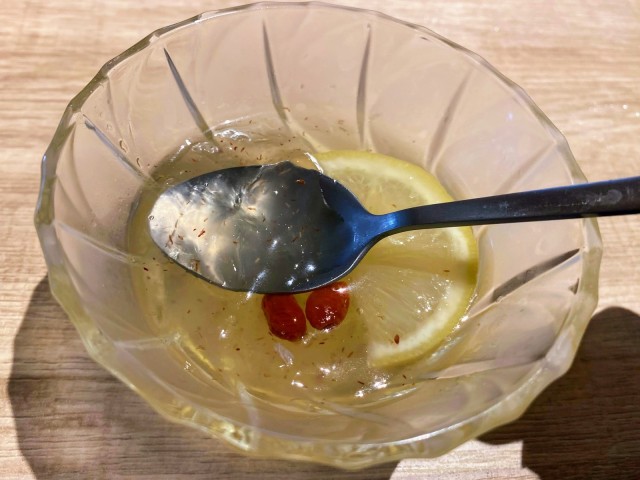
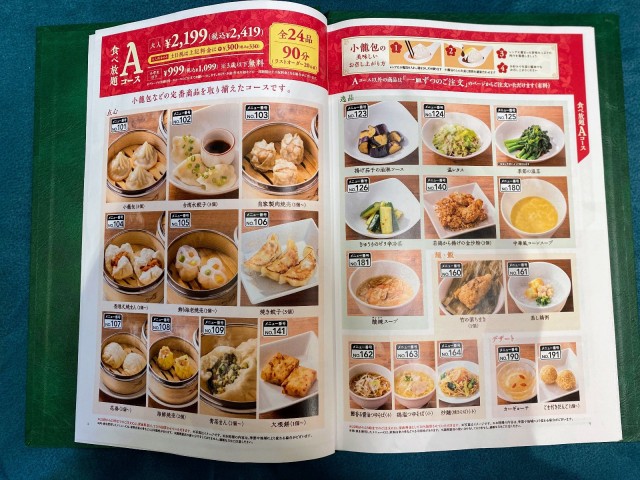
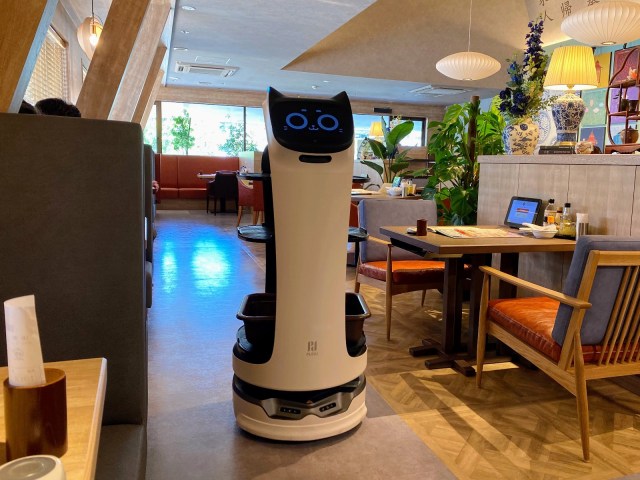
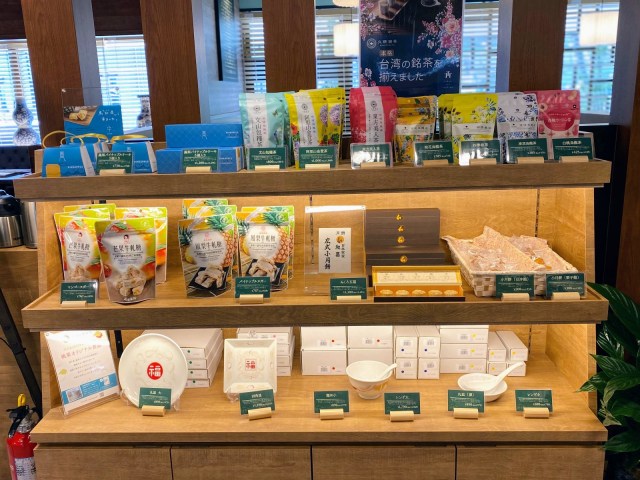
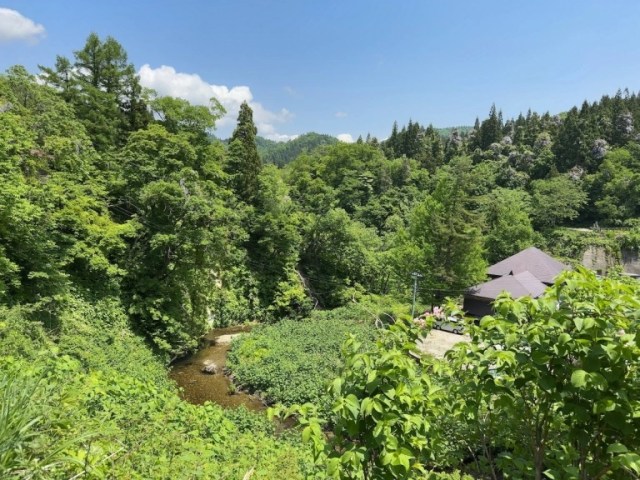
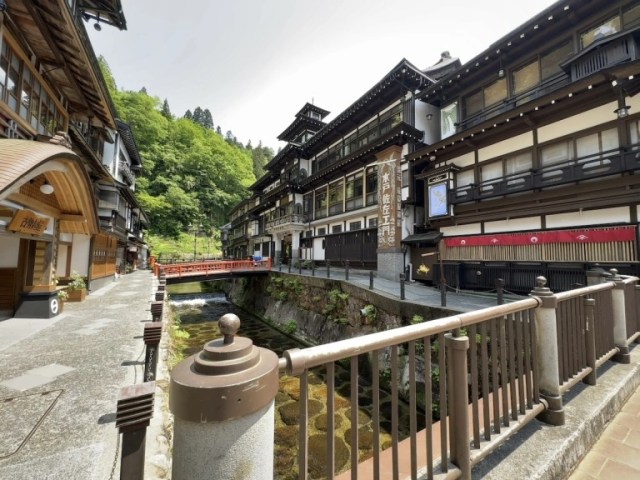

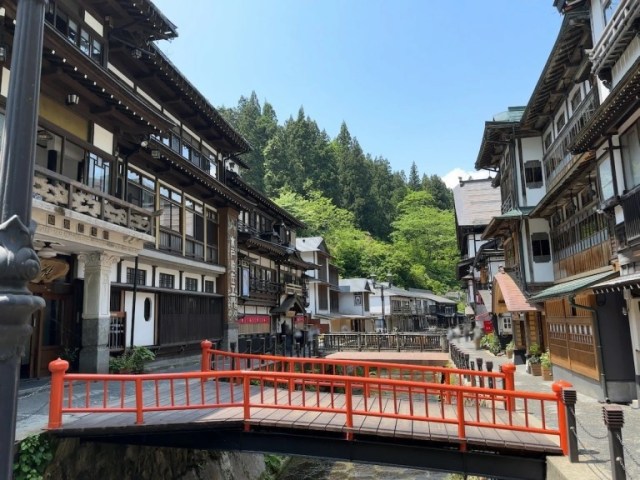
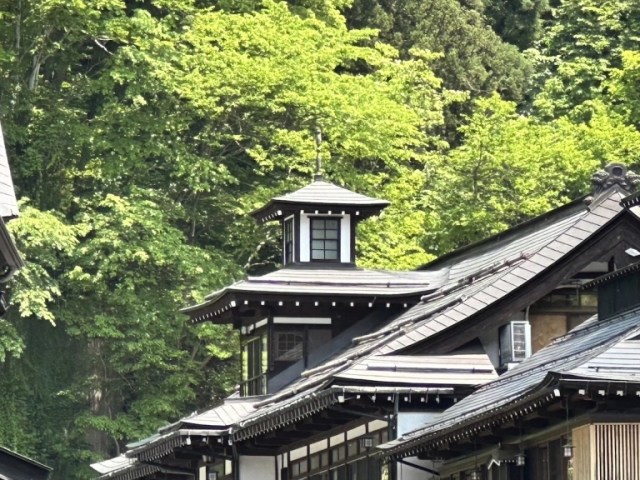
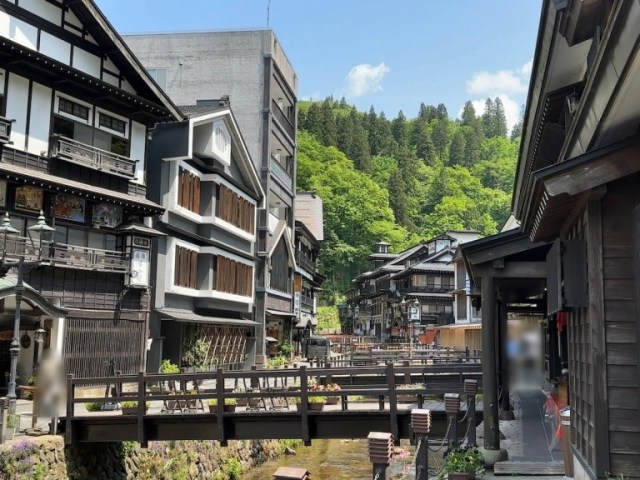
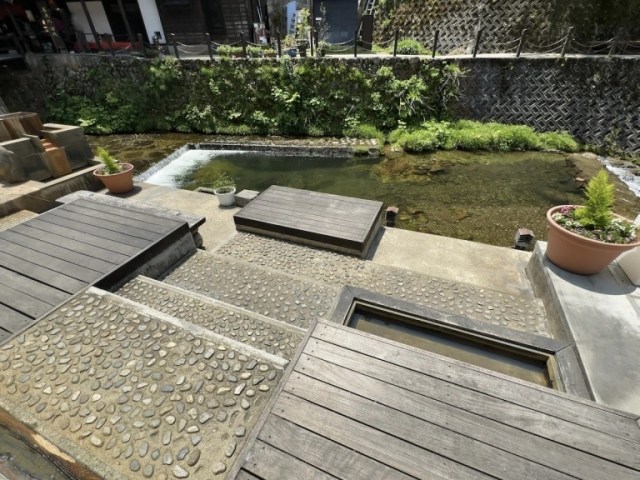
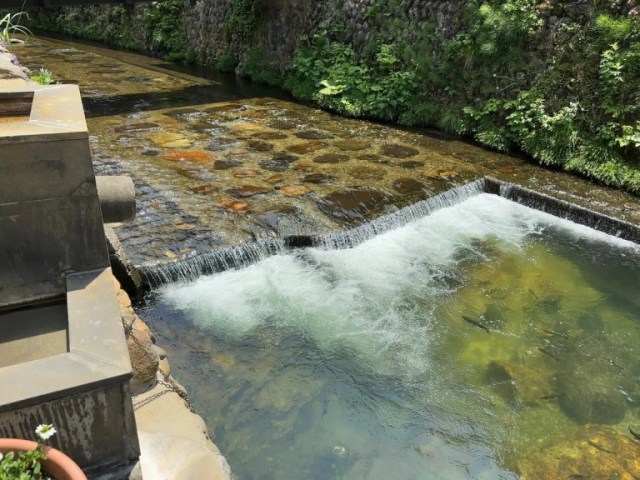
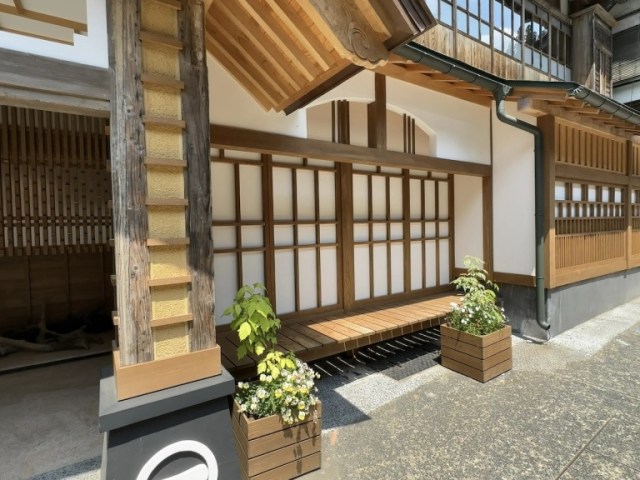
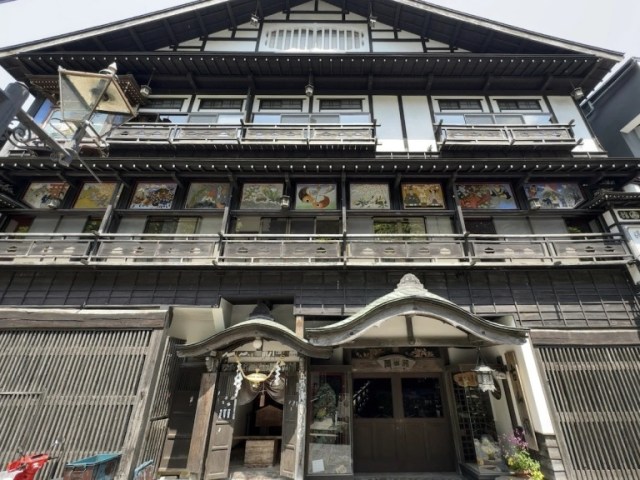
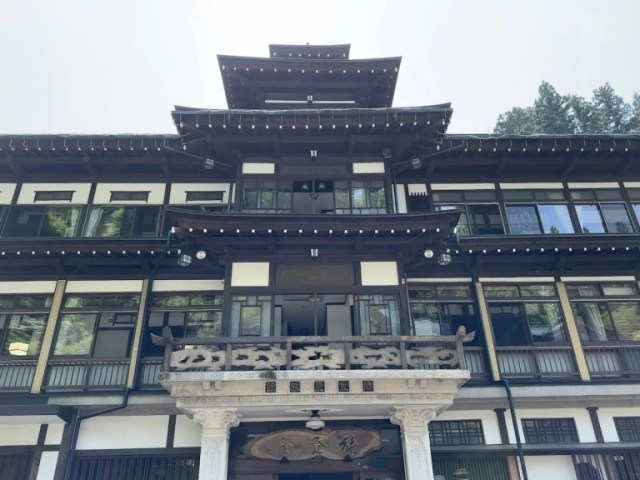
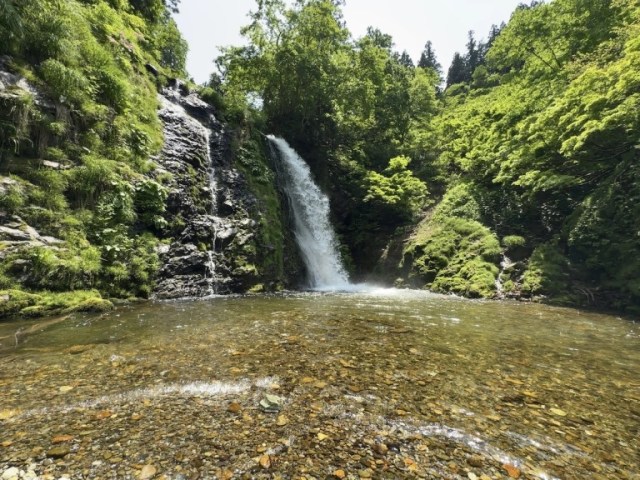
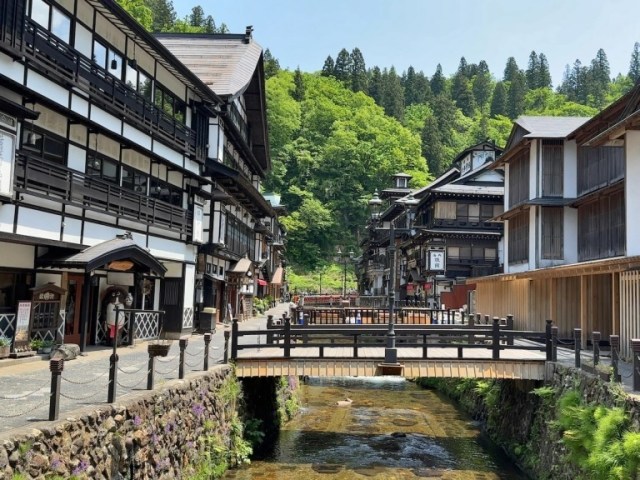





















0 comments: